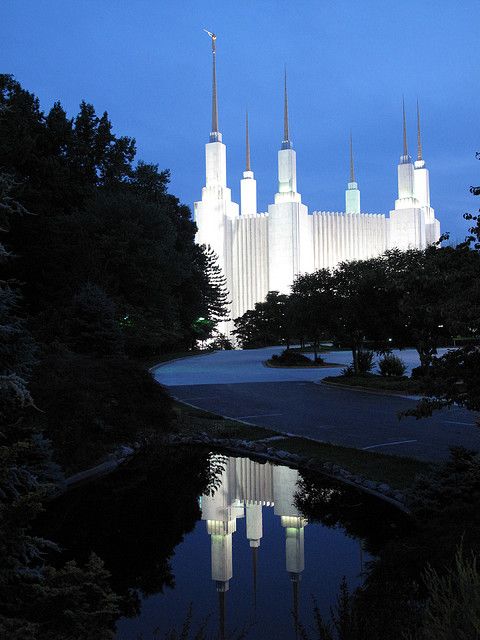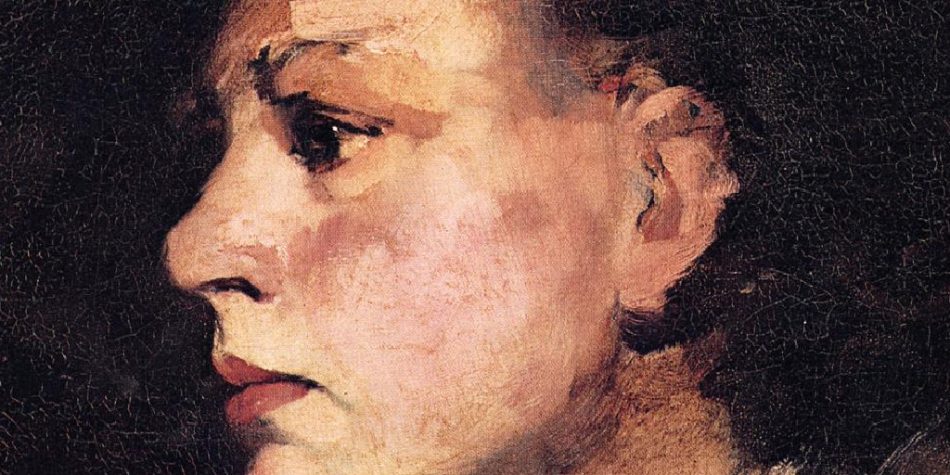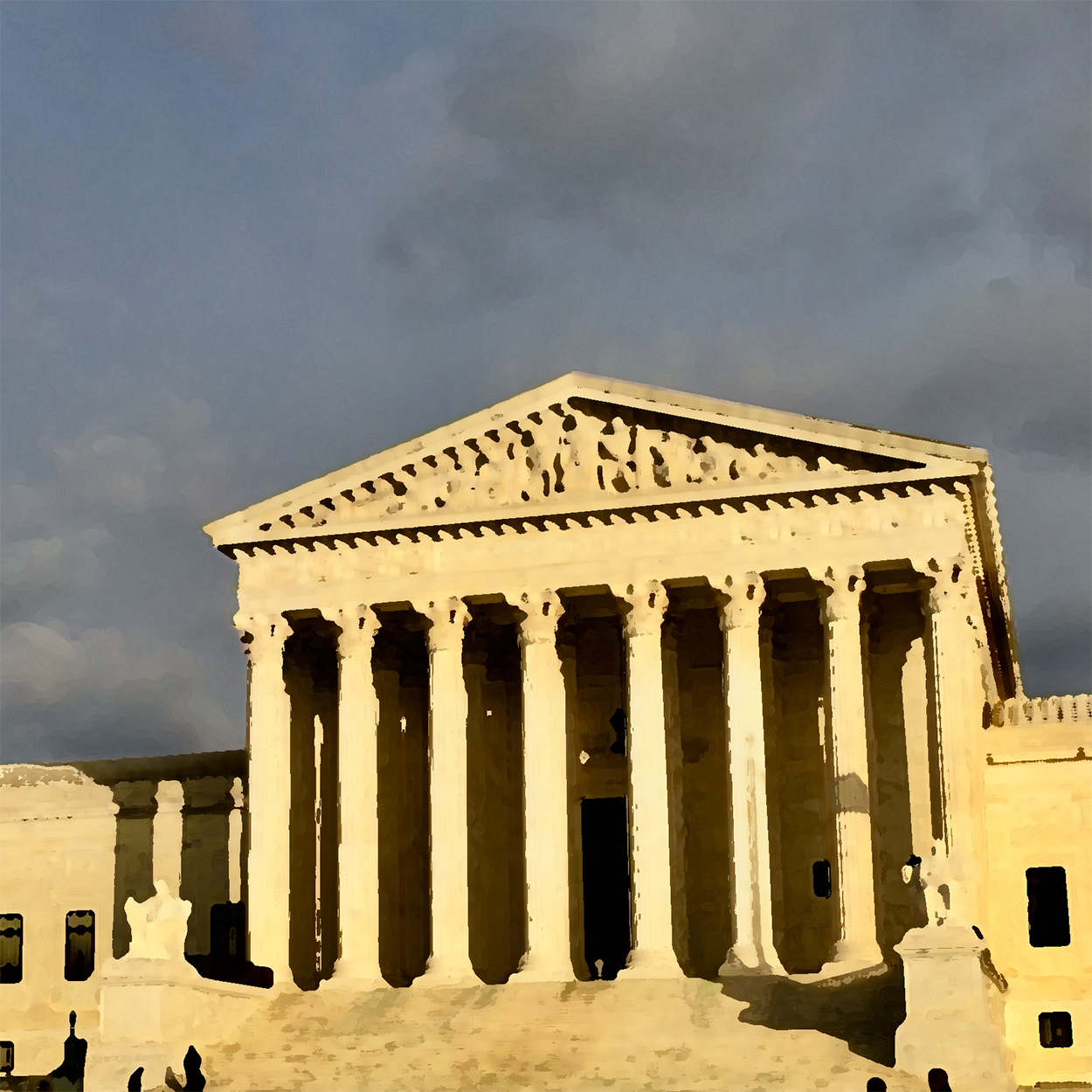Starting tomorrow, many Americans will tune into another popular depiction of Latter-day Saints that paints the Church as a whole (not just the deranged characters at its center) in dark, ominous, foreign tones. The production, which self-describes as underscoring the “violent consequences of unyielding faith,” has been called a “reductive depiction” of the faith by one reviewer, Benjamin Park, who confirmed that whatever other positive portrayals of the Church of Jesus Christ the show contains, the series “presents maliciousness as its core.”
Commentator Jana Riess likewise highlighted the theme animating the series: “that religion is profoundly illogical and often dangerous”—which hearkens back to the original book’s thesis that “faith is the very antithesis of reason, injudiciousness a crucial component of spiritual devotion.”
Some will pick up on the distinct and pointed narrative that the creators of the miniseries (and the book before it) are trying to advance.
Most will not. And that’s the problem.
Why? Because as Hal Boyd pointed out in a recent Deseret News essay, in a time of mounting polarization, suspicion, and hostility—the last thing we need is even more reason to see each other in scarily exaggerated ways. That’s precisely what the original book upon which this new television series is based does, with a core thesis around “the tyranny of intransigent belief” and the “dark side to religious devotion.” As Michael Otterson writes in a 2003 review of the book, “One could be forgiven for concluding that every Latter-day Saint, including your friendly Mormon neighbor, has a tendency to violence. And so Krakauer unwittingly puts himself in the same camp as those who believe every German is a Nazi, every Japanese a fanatic, and every Arab a terrorist.” Concluding her review of the series, Riess similarly noted: “There’s a world of nuance missing here, in which it is possible to remain a believing member of a religion and not be inherently irrational or prone to violence.” In ironic contrast to the very depiction of a Dangerous People this series seems clearly positioned to deliver, no aggressive backlash will be coming from us.
Turning the other cheek. A satirical musical targeting The Church of Jesus Christ of Latter-day Saints premiered on Broadway at the Eugene O’Neill Theatre on March 24, 2011. Despite its merciless lampooning of the Book of Mormon and all things sacred to Latter-day Saints, no riot broke loose in the theater district in Midtown Manhattan.
Instead, the Church famously responded with an advertisement in the playbill—“you’ve seen the play, now read the book.” Or more recently:

Many saw this as amusing and even endearing. Others rightly saw it as a reflection of our heart as a people and our desire to follow the One about whom Isaiah said, “I gave my back to those who struck me, and my cheeks to those who plucked out the beard; I did not hide my face from shame and spitting” (NKJV).
We do hope that others see such a gesture as another witness of the gospel message itself—which enjoins us to “revile not against revilers.”
That being said, it’s easy to take away the wrong message from such actions as well.
It still hurts. Turning the other cheek doesn’t stop the hurt, of course. While no riots will take place, that doesn’t mean moments like this aren’t still deeply painful to us as a people—on multiple levels.
That’s something we want to make clear in advance of this series—the distinct sorrow we feel at seeing what is most sacred portrayed as strange and scary. Far beyond any sense of personal offense, our sadness centers on the very direct impact all this has on people’s willingness to join in the restored gospel—and aspire towards the heavenly endowment of joy it offers.
You can’t overstate how much our experiences in temples matter to the Saints. As President M. Russell Ballard told a group of reporters who were touring the Draper Utah temple prior to its dedication, as they neared the Celestial Room—this is “like walking in, as close as we know how to depict it, into the presence of God.”

To have this worship experience portrayed in ominous tones—designed to stir up suspicion, distrust, and even hostility—is profoundly unsettling. Many of us will be refusing to watch, so our own experience of these sacred things is not marred or influenced in any way. But that won’t be the case for millions who know little to nothing for themselves about the temple, and who will walk away thinking they do.
Gawking at sacred things. In some ways, we live in an age where all things sacred are being cheapened—from pornographic depictions of sex and the naked body to anything and everything that people of faith hold dear.
Some delight in such “exposés,” while we join the many others who mourn. Once again, no need to worry about any threats or violent reactions from our people. In ironic contrast to the very depiction of a Dangerous People this series seems clearly positioned to deliver, no aggressive backlash will be coming from us.
And some of our harshest critics know this all too well. Not incidentally, it’s common for serial aggressors to see any such humility and acquiescence from victims they target as an admission of powerlessness—a concession of sorts. And so it should not be surprising to see many interpreting this lack of strongly negative reaction as either a sign the critique is over the target or an indication the Saints are easy to “walk all over.”
Maybe that last one is true—at least for now.
Fighting against Zion. That won’t be the case in the future, however. Not if we take our own sacred text seriously, starting with Isaiah’s original prophesy about the empty and anguished future of the “multitude” who “fight against mount Zion … and distress her.” Elaborating this ancient commentary, serious warnings continue in the Book of Mormon to “they that fight against Zion and the covenant people of the Lord … [those] who wait for him”— including this from Nephi, over a century after Isaiah:
And every nation which shall war against thee, O house of Israel, shall be turned one against another, and they shall fall into the pit which they digged to ensnare the people of the Lord. And all that fight against Zion shall be destroyed.
Ancient prophets are not alone in raising these warnings. Jesus Christ, who leads his followers to “become as little children” in the humility and love that arises from spiritual rebirth, is quoted as saying this in the New Testament: “And whosoever shall offend one of these little ones that believe in me, it is better for him that a millstone were hanged about his neck, and he were cast into the sea.”
That verse is often misread as simply a condemnation of child abuse (which Jesus surely opposes as well). But that isn’t the focus of his teaching—as is clear in other translations of Mark 9:42:
- “If anyone causes one of these little ones—those who believe in me—to stumble, it would be better for them if a large millstone were hung around their neck and they were thrown into the sea” (NIV).
- “But whoever causes the downfall of one of these little ones who believe in Me—it would be better for him if a heavy millstone were hung around his neck and he were thrown into the sea” (Holman Christian Standard Bible).
- “And whoever shall occasion the fall of one of these little ones who believe, he would be better off if, with a millstone round his neck, he were lying at the bottom of the sea” (Weymouth NT).
To interfere in the spiritual rebirth of God’s children—to say or do something that causes them (or many of them) to “stumble” in their otherwise forward path—is a serious matter, which is why we’re not silent about it in these pages. And it’s why we’re speaking about this again in anticipation of this upcoming series, and its likely impact on public discourse.
Park recounted an elderly man who became “much more aloof and uninterested” to their message as missionaries after discovering the Krakauer book. And many of us have had people bring up the same text the first time they hear of our faith. How many other people will be dissuaded from seriously considering the message of the restored gospel through this production, or destabilized in their own nascent (or mature) growth in the same?
Yet in his own review, Daniel Peterson channels President Brigham Young’s own optimism (who once said, even after being driven out of the United States, “every time you kick [the Church of Jesus Christ], you kick it uphill”), by pointing out ways the upcoming deceptive series could prompt fresh conversations with incredulous viewers:
If people begin to wonder about us (e.g., “Does my Mormon neighbor really believe that?” “Is my Latter-day Saint dentist really a dangerous religious zealot?” “My LDS co-worker’s church does what?”), I’m not really going to complain.
In either case, we underscore these scriptural warnings today for the growing numbers, including some of our own former brothers and sisters, who are giving their energy towards efforts like these to fight against the very Zion we are earnestly working to build.
Think twice. And not simply because of the aforementioned consequences in a future day. Because of what you may well be missing out on! You see, something else indeed comes from “unyielding faith.” Everything God has and is. As it is written, “Eye hath not seen, nor ear heard, neither have entered into the heart of man, the things which God hath prepared for them that love him.”
Hamilton was right. Don’t throw away your shot!















